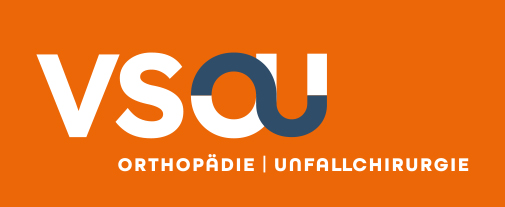Ihre Suche ergab 1 Treffer
Diagnostik und erfolgreiche Therapie des extraartikulären Hüftimpingements
Zusammenfassung:
In den vergangenen 20 Jahren haben die Diagnostik und Behandlung des intraartikulären femuroazetabulären Hüftimpingements Typ Cam oder Pincer einen festen Stellenwert in der gelenkerhaltenden Hüftchirurgie bekommen. Weit weniger bekannt sind dagegen die unabhängig vom oder gemeinsam mit dem intraartikulären Impingement vorliegenden extraartikulären Impingementsyndrome am Hüftgelenk. Sowohl in der klinischen als auch in der bildgebenden Diagnostik werden diese Pathologien daher als Auslöser von wiederkehrenden Hüftbeschwerden insbesondere bei jungen und aktiven Patienten häufig übersehen. In dieser Arbeit sollen die 5 bekannten extraartikulären Impingementpathologien am Hüftgelenk hinsichtlich ihrer Ätiologie, der klinischen Diagnostik und der möglichen sinnvollen Therapiemaßnahmen beschrieben werden. Es sind dies das ischiofemorale Impingement als Kompressionssyndrom des Musculus quadratus femoris zwischen dem Trochanter minor und dem Sitzbein (1), das subspinale Impingement als mechanischen Konflikt zwischen einer vergrößerten oder fehlorientierten Spina iliaca anterior inferior und dem distalen anterioren Schenkelhals (2), das liopsoasimpingement als Konflikt zwischen der Psoassehne und dem vorderen Labrum azetabulare (3), das tiefe Glutealsyndrom als mechanisches Kompressionssyndrom des Nervus Ischiadicus (4) und das pectineofoveale Impingement als Konflikt zwischen der medialen Plica Synovialis und der Zona orbicularis (5).
Summary: In the last twenty years, the diagnosis and treatment of intraarticular femoroacetabular impingement type Cam or Pincer gained a significant position in joint preserving hip surgery. Much less known in the daily treatment of hip pathologies are the different types of extraarticular hip impingement syndromes. Therefore they are often overlooked in the clinical and radiological diagnosis especially in young and active patients. This article describes the etiology, clinical diagnosis and treatment options of five different types of extraarticular hip impingement: the ischiofemoral impingement as a compression of the quadratus femoris muscle between the lesser trochanter and the ischial tuberosity (1), the subspine impingement as a mechanical conflict between the enlarged or malorientated inferior iliac spine and the distal anterior femoral neck (2), the iliopsoas impingement as a conflict between the iliopsoas and the labrum resulting in distict labral pathology (3), the deep gluteal syndrome as a pain in the buttock due to the entrapment of the sciatic nerve in the deep gluteal space (4) and the pectineofoveal impingement as a conflict between the medial plica synovialis and the zona orbicularis (5).
